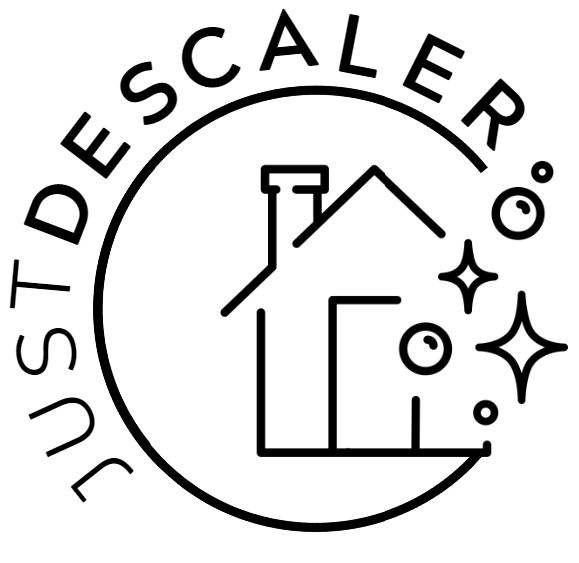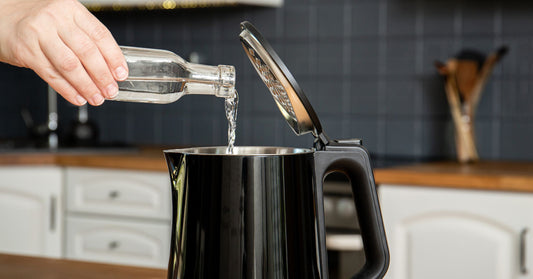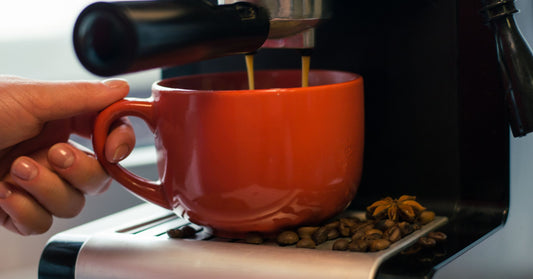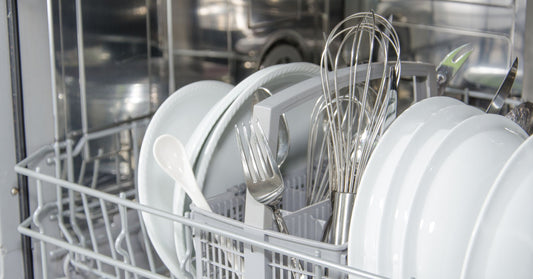If you live in a hard water area, you’re probably familiar with the struggle of dealing with limescale. That’s the pesky, chalky substance that forms on appliances and surfaces that come into contact with hard water, and it seems to multiply in the blink of an eye. Not only is it hard to look at, but it can also wreak havoc on your appliances, reducing their lifespan – and, as they’ll have to work harder, they’ll be less energy efficient, meaning higher energy bills.

How Hard Is My Water? | Water Hardness Map. (2021, August 10). Retrieved from https://www.aquacure.co.uk/knowledge-base/uk-hard-water-map
In the UK, hard water occurs where the bedrock is made from chalk, flint and sandstone. Sadly, if you’re in the South East, you’ll find that the water hardness levels here are particularly high, whereas areas such as Scotland, Northern Ireland and Wales have mainly soft water (How Hard Is My Water? | Water Hardness Map, 2021). You can check your postcode here to see what the water hardness is in your area.
But fear not! There are ways to combat this common problem and keep your home looking and functioning its best.
What is Hard Water?
First, let's talk about what causes limescale in hard water areas. Hard water contains high levels of dissolved minerals, such as calcium and magnesium which are picked up as water passes through rock and soil. This deposit can form on a wide range of surfaces, including kettles, showerheads, faucets, and washing machines.
When the water is heated or evaporated, these minerals are left behind and form that unsightly limescale deposit. Though don’t worry, hard water is not harmful to drink, although it can cause problems in your home.
How to Deal with Limescale in Hard Water Areas
Now, let's dive into some solutions:
Use a Water Softener
The first is to use a water softener. This handy device removes the minerals from the hard water, preventing limescale build-up in the first place. Water softeners work by passing water through a tank filled with resin beads that attract the minerals and replace them with sodium ions. This process makes the water soft and prevents limescale build-up.
Descale Your Appliances
If limescale has already formed on your appliances, you can remove it by descaling them. This involves using an acidic solution, such as vinegar or lemon juice, to dissolve the limescale. It's kind of like giving your appliances a mini spa day. Fill up the appliance with the solution, let it soak for a few hours, and then rinse it thoroughly with water. And voila! Your limescale is gone.
Use Limescale Removers
Another option is to use limescale removers, which are products specifically designed to dissolve limescale quickly and easily. They are usually acidic and can be applied to surfaces and appliances to dissolve the limescale. But be careful! Always follow the manufacturer's instructions carefully and wear gloves and protective clothing when using these products.
Prevent Limescale Build-up
Lastly, the best defence against limescale is prevention. Using a water softener, cleaning your appliances regularly, and using products that are designed to prevent limescale build-up can all help keep your home free from limescale and the damage it can cause. You can install a water filter on your showerhead or use a kettle with a built-in limescale filter, for example, or descale your coffee machine or kettle every few months. Think of it like a shield against limescale (and high repair bills later on).
In conclusion, limescale may be a common problem in hard water areas, but it doesn't have to be a permanent one. With a few simple tricks up your sleeve, you can keep your home looking and functioning its best. So go forth and fight that limescale!




